Across the world, some homes have endured for thousands of years, preserving ancient architecture and ways of life. These dwellings offer a window into early human history, showcasing the creativity and resilience of societies from as far back as 8700 BCE. Many of these are remarkable for their construction, from stone, and although some are now ruins, they reveal much about daily life, social organization, and early architectural innovation. Visiting these sites provides a rare glimpse into ancient cultures and their unique approaches to shelter and community.
Palace of Knossos, Greece

The Palace of Knossos, located on Crete, dates back to approximately 1950 BCE and was the heart of the Minoan civilization. This complex includes hundreds of rooms with frescoes and advanced drainage systems, showcasing Minoan architectural sophistication. Mythology famously associates the site with the Minotaur and the labyrinth, deepening its historical intrigue. It endured multiple earthquakes, demonstrating the resilience and adaptability of the Minoans. Although it fell into ruins, British archaeologist Sir Arthur Evans partially restored it in the early 20th century. Today, it is a major archaeological site attracting tourists from around the world. The design and artistry continue to captivate historians and visitors, reflecting the grandeur of ancient Crete.
Shunet el-Zebib, Egypt
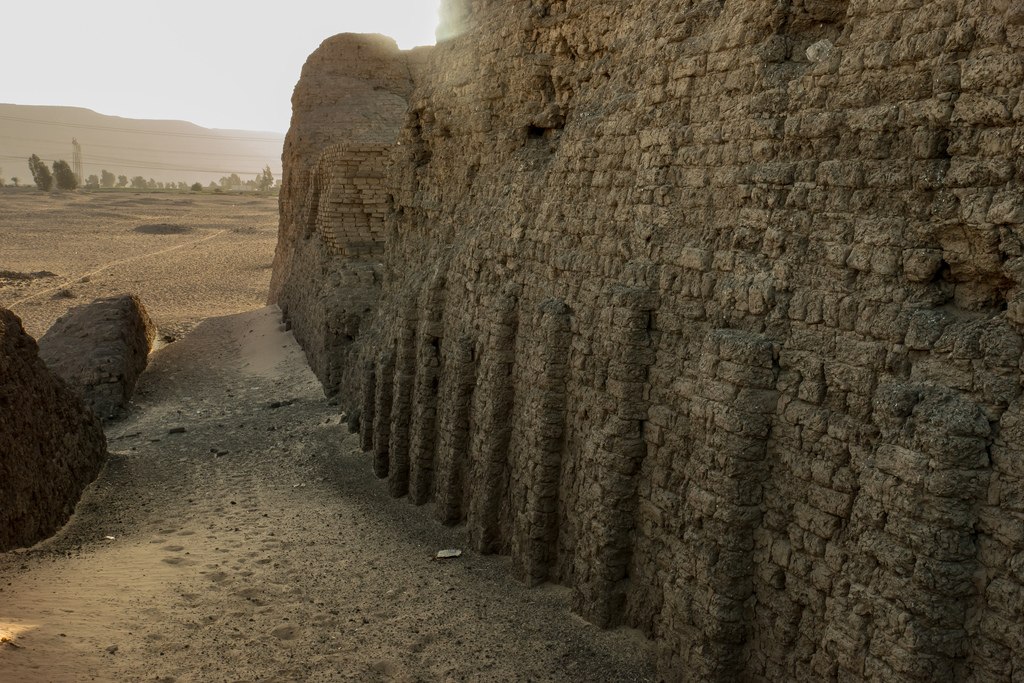
The Shunet el-Zebib in Abydos, Egypt, dates back to about 2750 BCE and served as a mortuary temple for King Khasekhemwy. Constructed from mudbrick, the two-story structure has an underground tomb and an above-ground area for worship, indicative of early Egyptian religious practices. As one of the earliest examples of monumental architecture in Egypt, Shunet el-Zebib influenced the later design of pyramids. Recent restoration has preserved the mudbrick walls, which are among the oldest still standing. This site reveals much about Egypt’s Second Dynasty and the development of mortuary traditions.
Skara Brae, Scotland
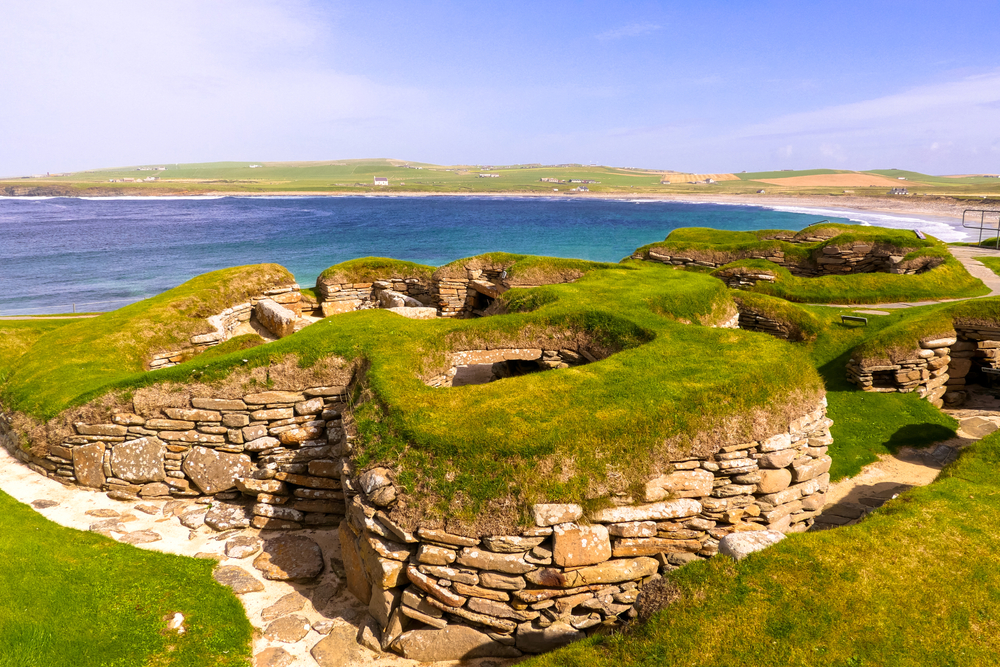
The Skara Brae settlement, situated on the Orkney Islands in Scotland, dates back to about 3100 BCE. This Neolithic village, discovered in 1850, features well-preserved stone houses with built-in furniture such as beds and cupboards. Each home is connected by tunnels, showcasing early architectural organization and resilience to the elements. Items like tools and jewelry were also found, revealing the daily life of its inhabitants. Its preservation, mainly due to being covered by sand, offers a rare insight into ancient community life. Today, it is open to the public, allowing visitors to observe the intricacy of Neolithic social structures.
Tarxien Temples, Malta

Located in Malta, the Tarxien Temples date back to between 3600 and 2500 BCE, consisting of four intricately designed temples. Each temple has elaborate stone carvings, altars, and statues, illustrating the artistic achievements of ancient Maltese culture. Originally discovered in the early 20th century, the site has been partially reconstructed to highlight its grandeur. They are a UNESCO World Heritage site and draw tourists eager to explore the prehistoric rituals of Malta. With their sophisticated stonemasonry, they provide valuable insight into ancient ceremonial life. This architectural wonder remains one of the most celebrated examples of Neolithic artistry.
Ġgantija Temples, Malta

Located on the island of Gozo, Malta, the Ġgantija Temples date back to around 3600 BCE, making them some of the oldest free-standing stone structures in the world. These megalithic temples feature massive stone blocks and intricate carvings that suggest religious or ceremonial purposes. They are part of a UNESCO World Heritage site and are noted for their architectural sophistication, with designs that include concave facades and forecourts. Archaeological findings indicate that the temples were used for rituals, likely related to fertility, as evidenced by figurines and other artifacts found on site. Today, they are preserved and open for tours, offering a rare look at one of the Mediterranean’s earliest spiritual centers. This ancient site reflects the early Maltese mastery of both architecture and artistic expression.
Knap of Howar, Scotland
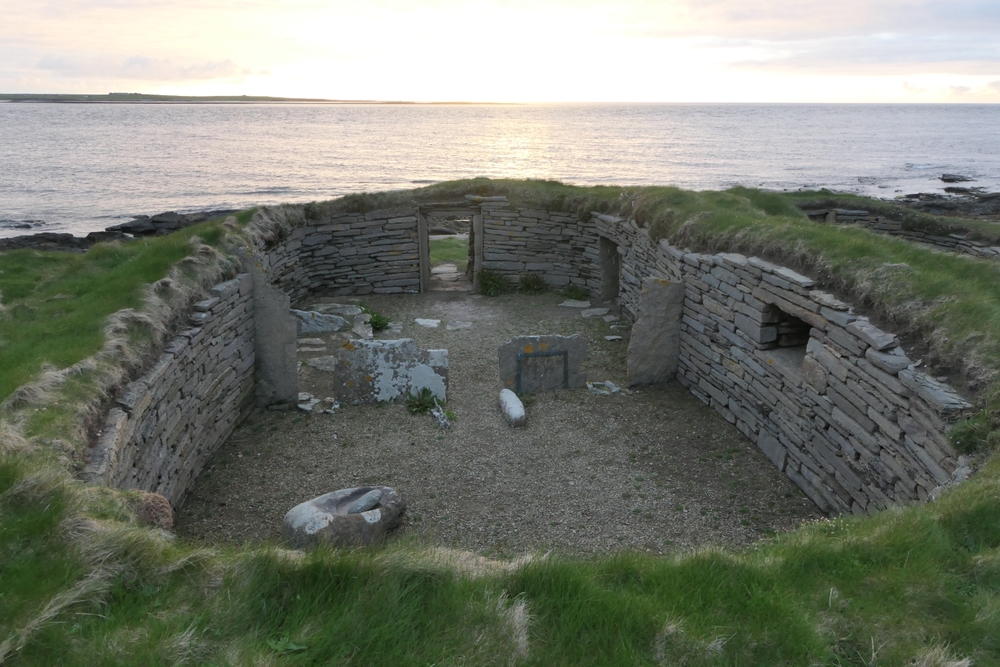
The Knap of Howar on the Orkney island of Papa Westray dates to around 3700 BCE and is the oldest preserved stone house in Northern Europe. This Neolithic farmstead consists of two connected stone structures, likely serving as a living area and workshop. Archaeologists discovered artifacts like tools and pottery inside, shedding light on early farming practices. The thick stone walls provided protection against the harsh Orkney climate, offering early settlers a robust shelter. Today, visitors can explore the ruins, which provide a glimpse into ancient agrarian life. The site’s preservation has been essential to understanding European Neolithic settlement practices.
Monte d’Accoddi, Italy

Monte d’Accoddi in Sardinia, Italy, is an ancient ziggurat-style structure dating back to around 4000 BCE. Believed to serve religious or ceremonial functions, it has an altar and a long ramp leading to its top, unlike any other Mediterranean structure. Evidence suggests the site was used for animal sacrifices, indicating a rich spiritual culture. Abandoned around 3000 BCE, its foundations remain well-preserved, making it accessible to visitors. The unique design reflects an early blend of Mediterranean and Mesopotamian architectural influences. It offers rare insights into early religious practices and Sardinian architectural innovation.
Cairn of Barnenez, France
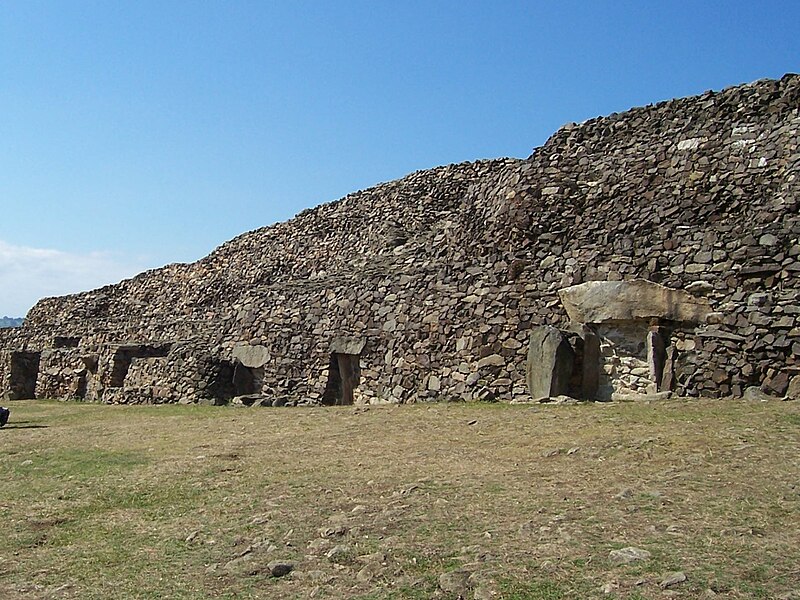
The Cairn of Barnenez, located in Brittany, France, is one of the oldest and largest megalithic burial sites in Europe, dating back to around 4850 BCE. This Neolithic structure includes two distinct burial chambers and spans over 70 meters in length. It was constructed using massive stones arranged in intricate patterns, showcasing advanced engineering skills of its builders. Rediscovered in the 19th century, it contains decorative carvings on its stones, including symbols such as spirals and geometric shapes. Today, the site is open to the public and stands as a monument to early European funerary architecture. Its impressive preservation allows archaeologists to study burial practices from over 6,000 years ago.
Khirokitia, Cyprus
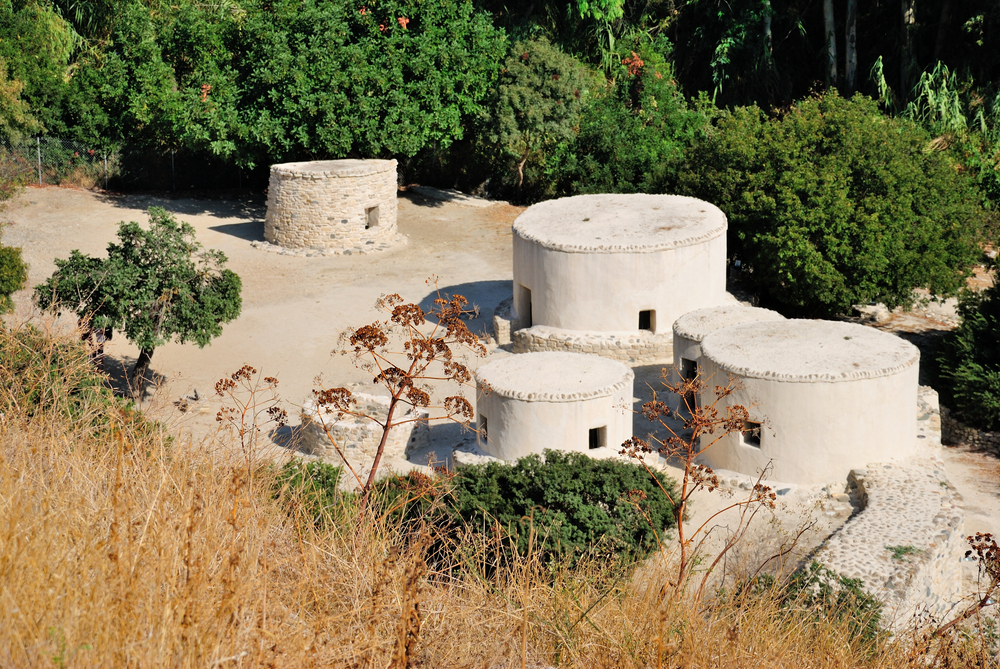
Khirokitia, on Cyprus, dates to around 7000 BCE and is one of the earliest Neolithic settlements in the Mediterranean. Known for its circular stone houses with thick walls, the village reflects organized community life, complete with hearths and storage areas. Archaeologists found burial sites and tools, illustrating a complex social structure. The village was surrounded by a defensive wall, possibly built for protection against threats. It became a UNESCO World Heritage site in 1998, preserving its unique architectural and cultural heritage. Visitors today can explore the reconstructions and gain a deep understanding of early Mediterranean life.
Çatalhöyük, Turkey
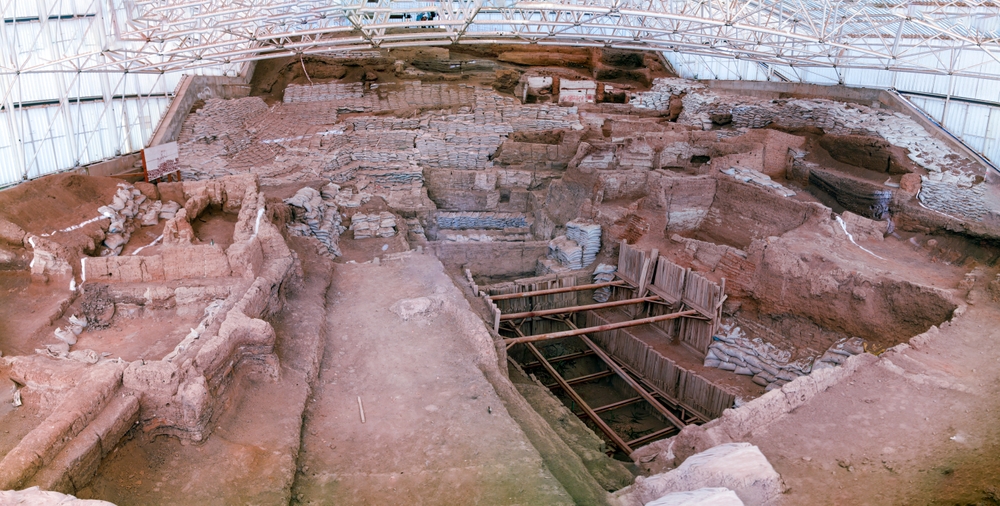
The Çatalhöyük settlement in present-day Turkey, founded around 7400 BCE, is one of the earliest examples of urban planning. Homes were built closely together with rooftop access, functioning as pathways across the settlement. Rectangular mudbrick houses adorned with murals reveal insights into cultural practices and domestic life. The community practiced ritualistic burials beneath the floors, suggesting a deep connection with ancestors. This UNESCO World Heritage site is still under excavation, providing ongoing discoveries about early urban organization. It offers visitors a unique view into ancient city living, showcasing one of humanity’s first complex societies.
This article originally appeared on Rarest.org.
More from Rarest.org
10 Endangered Cultural Practices Preserved by Indigenous Tribes
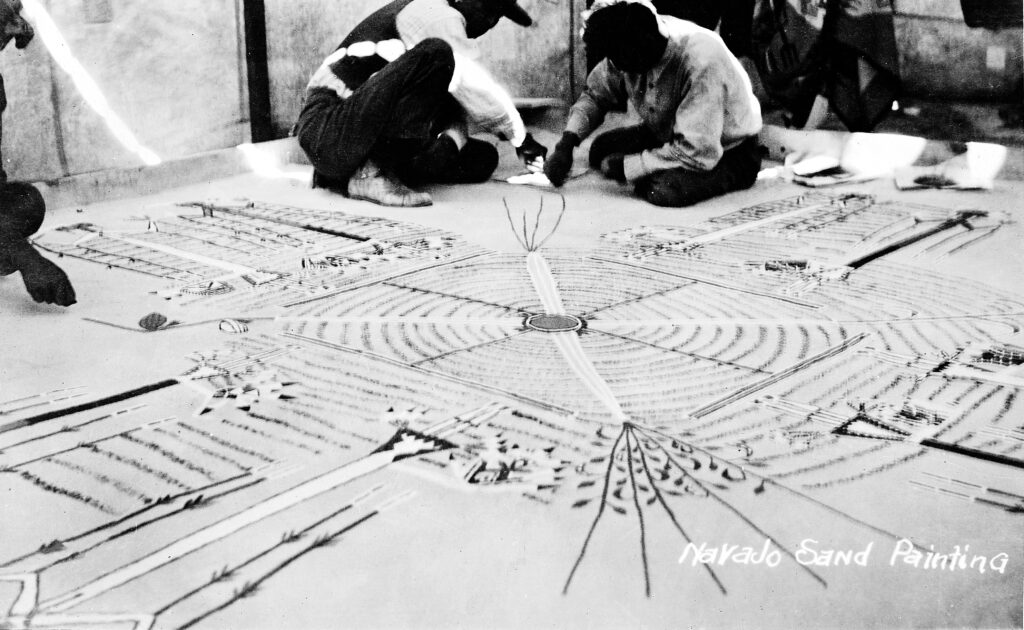
Indigenous tribes around the world hold a wealth of cultural practices that have endured for generations. Many of these traditions are at risk due to modernization, environmental changes, and external pressures. However, tribes continue to preserve these practices, ensuring that their heritage remains alive. Read More.
17 Brilliantly Colored Frogs and Amphibians That Stand Out in Nature

Nature is full of vibrant colors, but few creatures display them as boldly as frogs and amphibians. These animals often use their bright hues for protection, signaling danger to predators or blending into their colorful environments. Read More.
8 Rare Board Game Expansions Worth a Small Fortune

Board game expansions can add depth and variety to your favorite games, but some rare expansions are worth more than you might expect. These obscure and highly sought-after expansions, often out of print or produced in limited quantities, have gained value over time and are now considered collector’s items. Read More.
